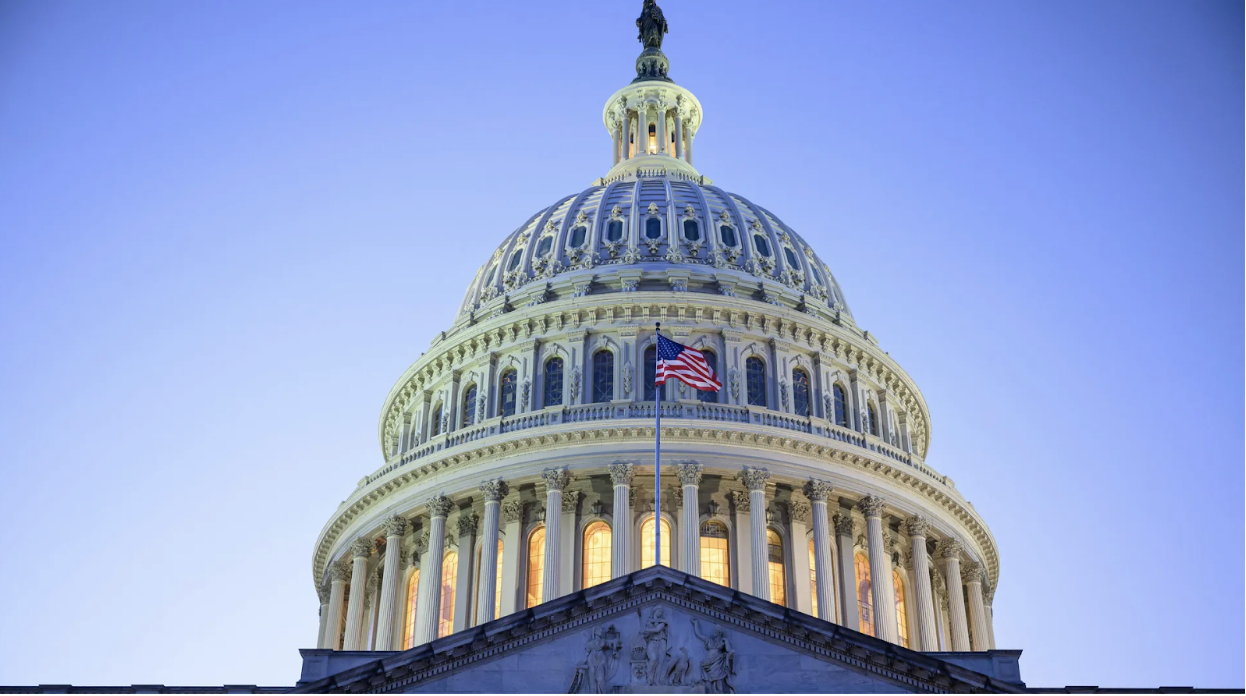Photo via Mandel Ngan, AFP via Getty Image
***
One of the largest national stories over the past few months has been the congressional redistricting controversy. The saga began when U.S. President Donald Trump pressured Texas Governor Greg Abbott and the Texas State Legislature to redraw their congressional maps before the 2026 midterm elections in an attempt to sustain President Trump’s slim majority in the House of Representatives and preserve a favorably Republican Congress.
Typically, congressional districts are drawn once every ten years following the collection of the U.S. Census. While most states do not prohibit mid-decade redistricting, it has been quite rare since the beginning of the twentieth century. While Texas redistricted in 2003, Trump has completely disregarded precedent and set off a multi-state effort where Republican-led states feel obliged to follow Texas’s lead, often under direct pressure from Washington. In response, Democratic-led states see it as necessary to counter what they view as overtly partisan gamesmanship, an effort largely led by California Governor Gavin Newsom.
Despite this drastic break in precedent, the current debate over redistricting only hastens a process that has been occurring for much longer—with every election, the House becomes less representative of the people it is supposed to accountable to.
When the U.S. was founded, each district had approximately 35,000 people, with the number of seats increasing every ten years alongside the Census. The House last expanded over a century ago in 1910, to 435 seats, with the 1929 Permanent Apportionment Act making this increase permanent. Since then, the number of people in congressional districts has more than tripled, with each representative today representing, on average, over 760,000 people.
The stagnation in the size of the House has major downstream effects on national politics. Fixing the number of seats alongside a growing population dilutes the will of the voters with every election. The same number of representatives are tasked with representing an ever-growing number of Americans. Large districts can fail to capture the diverse viewpoints of constituents, resulting in voter apathy and driving polarization from those who feel unrepresented. This is evident in voter turnout data, where in 2020 and 2024, in historically high-turnout elections, still 34 and 36 percent of voters did not vote. This is even more pronounced in midterm election years, where voter turnout rarely reaches 50 percent.
Failing to increase the size of the House based on population increases the likelihood of political opportunism, with larger districts often being more vulnerable to gerrymandering. Moreover, it risks contorting democratic representation. While the Senate is designed to favor smaller states, the same is not inherently true for the House. However, the capped number of representatives puts an artificial limit on their number of seats for states with larger populations. This, along with the fact that each state is guaranteed at least one House seat, leads representatives from some states with only one congressional district to represent far fewer people than the typical congressional district, and exercise outsized influence in the House.
Compared to all other developed democracies, the U.S. has the largest number of people represented by one representative in the lower body of their national legislatures. Additionally, multiple comparable countries, such as the United Kingdom and Italy, have more legislative seats than the House, showing that a larger legislature is not an impossible task.
There are multiple potential solutions proposed by nongovernmental organizations to increasing the House, but the one that most accurately creates a more representative legislative body while maintaining the effective operation of the House is known as the “Cube Root Law.” This suggests that the number of seats in the lower body of a country’s national legislature should be the cube root of a country’s population. Based on the 2020 U.S. Census, this would result in the House gaining 258 seats, making 692 seats in total. The most important principle is that seats are continuously adjusted for population growth, such as once per decade, in order to avoid similar issues regarding a lack of representation in the future.
At the forefront of addressing challenges to American democracy is restoring faith in government. Expanding the House will likely not succeed in this alone; there are many other congressional reforms that are necessary to improve the public’s current dissatisfaction with Congress, including banning partisan gerrymandering and further restricting mid-decade redistricting. Alongside these other important reforms, expanding the size of the House is essential to Congress being responsive to the needs of the American people in the modern era.
***
This article was edited by Amethyst Stencik and Kaelen House.
